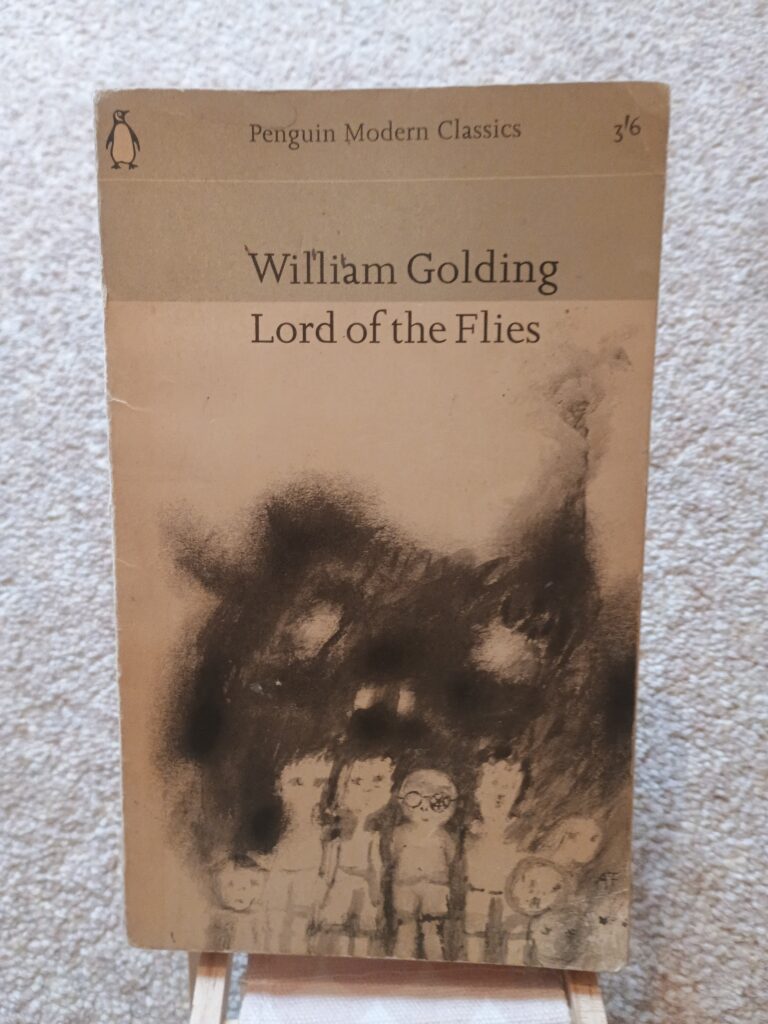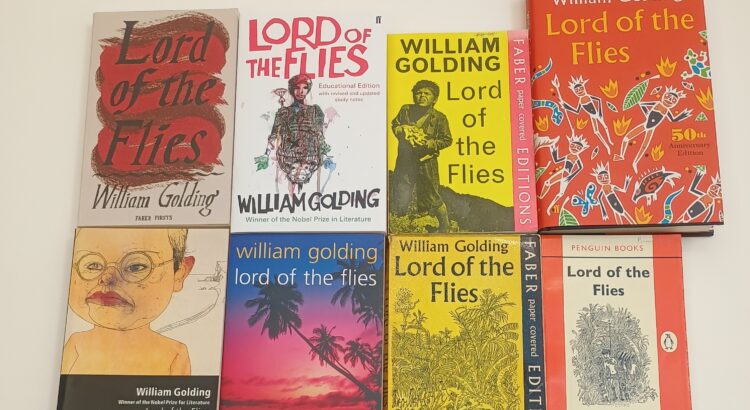It is now just over seventy years since Faber and Faber first published “Lord of the Flies” in September 1954. “Lord of the Flies” is one of the most famous and commercially successful novels of the 20th century. A staple of the school curriculum for decades it has been an important formative reading experience for millions, one that is often remembered for life. The novel though was nearly not published at all. This is the story of how “Lord of the Flies” came to be written and was then rejected by almost every UK mainstream publisher before a new employee at Faber and Faber came to its rescue.
“The Lord of the Flies” was inspired by the classic novel “The Coral Island” (1858) by Scottish author R.M. Ballantyne. This novel tells the story of three boys who are shipwrecked on a South Pacific island. The boys through a combination of pluck and commonsense not only survive but thrive on the island. When William Golding read the novel to his children David and Judy at bedtime, he thought it absurd. He was a schoolmaster and knew that shipwrecked children would not behave in such a virtuous way. Golding told his wife Ann that he was going to write a novel about how children would really behave on an island.
Golding had already written three books that had done the rounds of publishers and been rejected. This book though felt different to him. It was as if he had finally discovered the book he was destined to write. Golding would set his school class a task and then write the book in longhand in a notebook. He also read sections of the work-in-progress out to some of his classes. He started writing the book in 1951 and finished it in October 1952. He started to send the typescript under its original title of “Strangers From Within” to publishers on 1st January 1953. By September 1953 it had already been sent to and rejected by most of the major British publishers of the day. On 14th September 1953 he sent the by now rather tattered typescript to Faber & Faber.
The typescript was passed to professional reader Polly Perkins for her verdict. She recommended Faber & Faber should reject the book and called it “Rubbish and dull.” At this point a new employee at Faber & Faber came to the book’s rescue. Charles Monteith had only been with the company for a month when he pulled the rather unprepossessing typescript of “Strangers From Within” from the reject pile and began to read it. The novel had a lengthy preamble in which a nuclear war and plane crash were described which Monteith was not impressed by. He was though completed gripped by the central part of the novel which tells the story of how a group of schoolboys try to survive on a tropical island.
Monteith could not get the book out of his head, but it had major flaws. The book had three sections that took the action away from the boys on the island, an account of a nuclear war, an aerial battle, and a naval battle. Golding would excise these sections and also change the character of Simon in the book at Monteith’s suggestion. Over the next few months Golding would revise the book, making himself ill in the process. By February 1954 Monteith felt that Golding had found the good or possibly great novel that he believed was hidden within the original typescript. One problem remained though, no one was happy with Golding’s title. On 11th February Monteith sent Golding a letter with a list of alternative titles that included “This Island’s Mine”, “Beast in the Jungle”, and “Fun and Games” but none of them seemed right. Alan Pringle an editor at Faber suggested “Lord of the Flies” and Golding agreed to the change in a letter dated 28th February 1954. They were finally there, a text and title that everyone was happy with. Faber would publish the book in September 1954 to good notices.
Charles Monteith would become a legendary figure in publishing. In addition to Golding he would bring Samuel Beckett, Philip Larkin, Tom Stoppard, Ted Hughes, and Seamus Heaney, among others to the Faber list. He worked at the company for 26 years and the authors he brought to Faber & Faber cemented its position as an important literary publisher and did wonders for its bottom line.
William Golding would go on to be one of the most celebrated authors of the 20th century. “Lord of the Flies” would remain his most famous and successful novel, but many people including Monteith considered his second novel “The Inheritors” (1955) to be his masterpiece. In 1983 he was awarded the Nobel Prize in literature.
If you only read “Lord of the Flies” as a set school text it is worth re-reading as an adult. It is also worth exploring Golding’s other books. “The Inheritors” (1955) and the Booker Prize winning “Rites of Passage” (1980) are among the best of his other works. John Carey’s biography “William Golding: the man who wrote Lord of the Flies” (2009) is a masterly account of his life and work that is as gripping as a good novel.
Faber and Faber have published many striking cover designs for “Lord of the Flies” some of which are in the picture at the top of this blog. They have just published a graphic novel adaption of the book to celebrate the novel’s 70th anniversary and are publishing a new deluxe edition in October 2024. My favourite cover for the book though is the 1964 Penguin Modern Classics edition. The illustration by Andre Francois pictures the schoolboys in the shadow of the monster that they imagine is on the island. The monster of course does not exist and the real threat to the schoolboys is their own feuds and descent into chaos.

